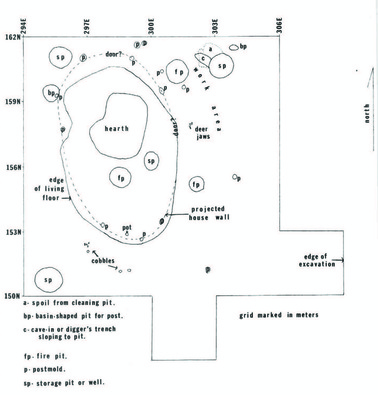
The structure at Sycamore was an oval defined by postmolds (illustration to right taken from Milanich 1974:Figure 7). It measured approximately 8.9 m x 6.2 m and was associated with a variety of features. It will be Structure 2260 when I update the database.
See how easy it is? In just a few moments I increased the size of my Florida sample by 50 percent.

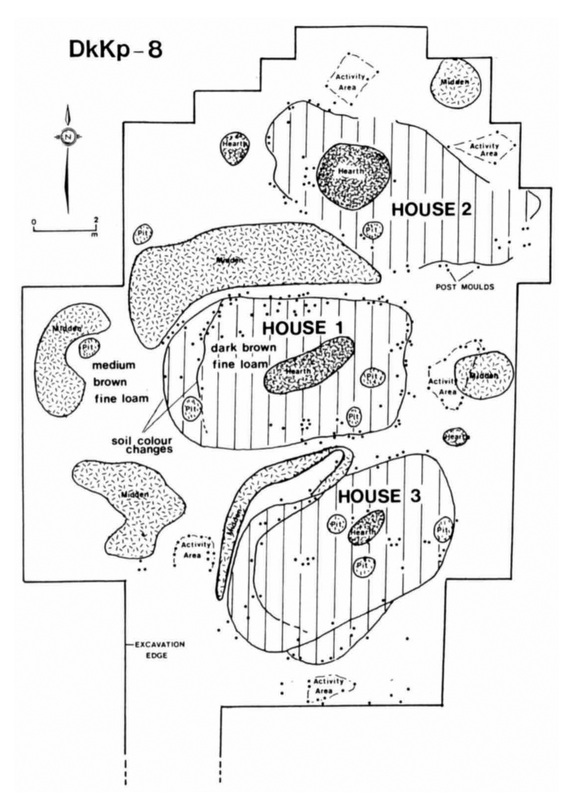
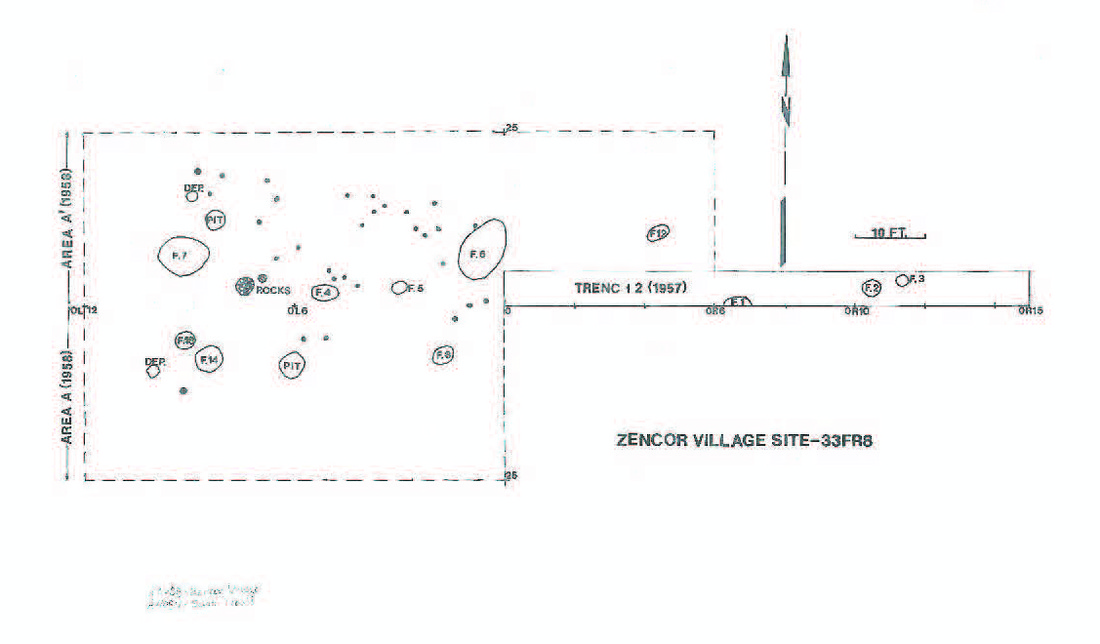
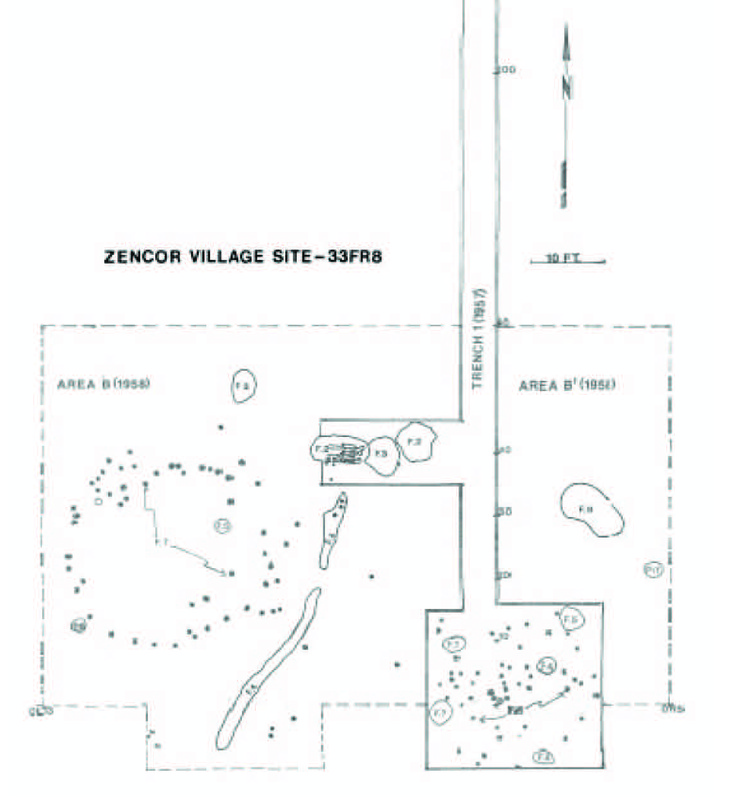
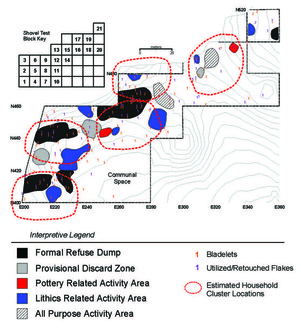
 RSS Feed
RSS Feed
